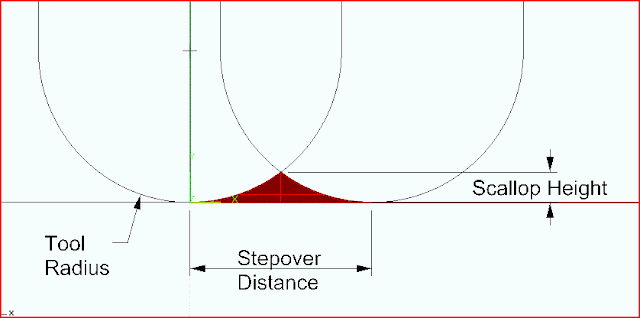Rigid FDM delta printer
Altough we have a few FDM printers at Bitraf, i now see the need for having my own at my office. i started to develop a small scale delta printer last week.
In this cutaway, the belt tenison system can been seen in the lower left corner. Notice the stiffening bracket in the middle of the linear rail assembly, and the milled weigth reducing pockets.
These are the main components of the printer, here laid out, ready for toolpath generation.
The printer is constructed from a plates milled from sheet of 10mm 6082 t651 aluminium.
Movement is performed by NEMA17 steppermotors, and HIWIN linear bearing rails.
This is what i have modeled so far:
As the ultimakers, this design also equips the captured nut concept, in this case M6 nuts, as seen in this cutaway:
In this cutaway, the belt tenison system can been seen in the lower left corner. Notice the stiffening bracket in the middle of the linear rail assembly, and the milled weigth reducing pockets.
These are the main components of the printer, here laid out, ready for toolpath generation.
I decided to use this project as a testcase for Fusion 360`CAM strategies, in this case adaptive clearing.
The milling bits normaly break When peak loads is achived when running into a corner. Therefore, the feedrate must be reduced for the entirety of the toolpath when using normal CAM strategies for avoiding milling bit failure:
What adaptive clearing does, is to slowly dig the milling bit into the material, before performing a series of deep cuts at maximum depth, with optimal chipload. In this way, the tool will not experience peeks in loads, as the tool will have constand load. This reduces the runtime with a suposed 40%
I will spend the next weeks experimenting further with Fusion CAM. This is my first result with adaptive clearing:








Hello,
SvarSlettThat is a really nice design.
Do you share this CAD anywhere?
Thanks! You can download the design in any format through this link: http://a360.co/1XHYjqY
SvarSlett